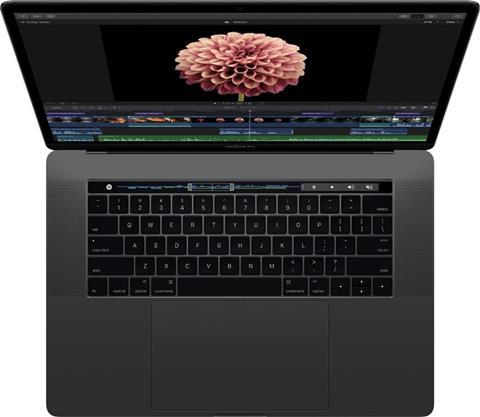There are those who talk about Final Cut Pro X and there are those that use Final Cut Pro X, says Rory Cantwell

Unfortunately, it is probably safe to say that it’s only the users of Final Cut Pro X (FCPX) that are fully up-to-date and informed about how capable the software has become.
Since the launch of FCPX there has been massive changes in the way organisations make content.
Many editing environments initially stuck with the legacy Apple FCP7 software for a long time, despite it being 32-bit and increasingly finding it a struggle to deal with modern camera codecs.
Eventually however, many migrated to Adobe Premiere, mainly, it would seem, because Premiere did a great job of emulating the functionality and workflow of that legacy Apple product and offered solid round-tripping functionality to Photoshop, After Effects and Cinema 4D.
Others took a different course and moved on to Avid, attracted by itsrobust reputation for delivering polished product every time and the depth of high-calibre talent available to operate it. The hardware was more expensive, the software a bit more idiosyncratic but the results were always good.
The wild card, and the one that made all the other manufacturers think long and hard about their marketing and pricing models, is Blackmagic Design’s (BMD) DaVinci Resolve software.
Since being bought by BMD, Resolve has been reinvented to now include a similar editing functionality to Premiere or indeed, the FCP7 product that Apple replaced with FCPX.
FCPX World
Soho Editors will host the first showing of the latest iteration of Apple’s Final Cut Pro X at two free-to-attend, half-day events in London and Berlin later this month.
FCPXWorld, which takes place on 15 November at the Institute of Engineering and Technology (IET) on Savoy Place, London, will include a presentation from Apple and comprehensive demonstrations of version 10.3 of the editing software.
However, Resolve has not made a major impact in the editing market yet mainly because it is still perceived, and rightly so, as one of the best colour-grading toolsets available on the market.
Changing market perception of Resolve so that it might be considered as the editing tool for the job is slowly happening but it’s still in its infancy, despite the fact that there is a pretty much fully functional free version available from the BMD site.
What’s interesting is that all of these alternatives to FCPX are pretty similar in the way they operate, which is both a strength and a weakness.
From a talent perspective, their strength is actually their interchangeability.
With a bit of training, anyone conversant with a particular manufacturer’s shortcuts and interface will find it relatively painless to cross over to another manufacturers toolset.
Their weakness is that they lock users into an admin-heavy interface and workflow, where lots of the operator’s time is spent modifying the interface of the software, even to do simple things like add a clip to the timeline without overwriting a clip that just happens to be in the same track.
When FCPX came out, the fact that it removed the need to control and administrate these problems was both a total pleasure, because it freed my mental faculties to concentrate on more creative problems, and slightly unnerving because I had spent so much time on the other apps trying to keep it controlled and neatly organised it felt a bit alien not having to worry anymore.
Once past the shallow learning curve to get to know how FCPX uniquely approaches every editing problem, I found it a total joy to use and now, with the latest upgrade, it ticks the box of every professional criteria.
A legitimate question is, why did Apple do it? Why did they drop FCP7 and head in a completely different direction with FCPX?
I believe there are two main reasons and with 10.3 the evidence to back up my assertions is there for all to see.
Firstly, as I said, by looking at every editing operation with a clean slate and fresh eyes, Apple could make FCPX the fastest editor ever invented.
Essentially FCPX requires less operations to achieve the same creative result.
Secondly, when making FCPX, Apple took the opportunity to make it possible within the software to exploit the huge power of metadata.
In the latest version of FCPX this metadata is incredibly powerful and exploitable.
Take the simple function of being able to tag audio elements as they are being imported as either dialogue, music or effects.
Once the FCPX operator does this, they are empowered to be able to totally redesign their interface and concentrate on exactly what they need to focus on, which is something that is truly impossible for competitors to emulate.
Let’s face it, the ideas that first informed and led to the creation of Apple’s editing software were had before there was any ability to add vast amounts of metadata, never mind being able to exploit itspower and potential to make life easier and more creative.
- Rory Cantwell is senior artist at Soho Editors and one of the speakers at FCPX World

























No comments yet